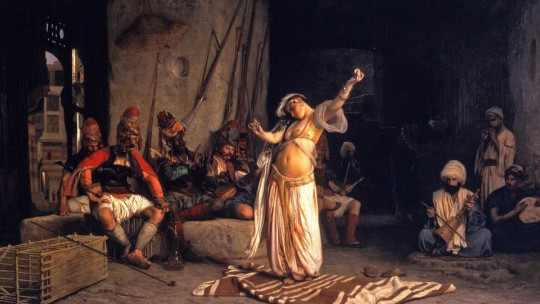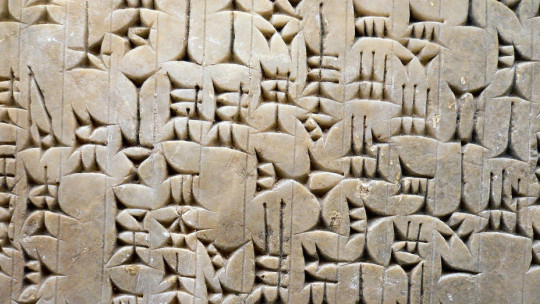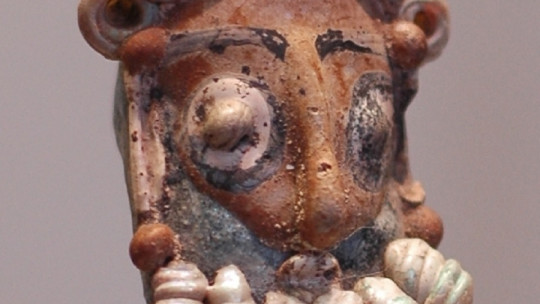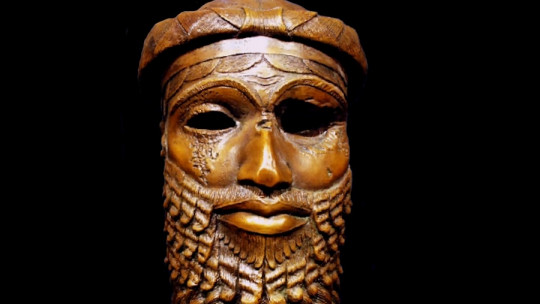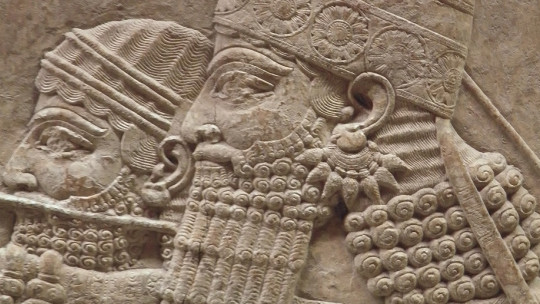
The Assyrians will always be remembered both for its antiquity as a civilization, and for its brutal military methods that frighten the entire Middle East and part of the West. Their armies, their soldiers and their ferocity on the battlefield gave them resounding and respected success during the 9th and 7th centuries BC in the region of Mesopotamia. They extended their dominions from the Turkish side, passing through Iran until they reached Egypt.
But not everything was blood and violence with the Assyrian people. They had a great predilection for art and architecture, creating great works wherever they set foot. They wanted to impose their regional hegemony by facing the Babylonian Empire, which was the power of the moment and which managed to survive by joining forces with another competitor, the Medes, who formed a coalition to destroy the Assyrians.
In this article We will give a brief review of the history of the Assyrian people one of the most important elements that occurred in the cradle of civilizations.
The origin of the Assyrians
The Assyrians were a group of nomadic peoples of Semitic origin who moved through what is known today as the Middle East The origin of its name corresponds to what was the main capital of the Assyrian people, Assura or Ashura in Arabic. This word was dedicated to the god Assur, which according to ancient mythology means “the God of Life”, originally represented in the form of a tree.
Although a priori the God Assur represented the creation of everything, of vegetation, of life, of order and of the infinite, as the Assyrian empire expanded, his figure was distorted, until it was given a more perverse and warrior meaning for encourage soldiers to promote new conquests. He was the king of the Gods and God of kings, and Every Assyrian citizen or ruler had to perform a ritual to obtain his blessing.
According to archaeological discoveries made in the city of Assura, al-Charquat in modern-day Iraq, on the banks of the splendid Tigris River, this was a colony of the Babylonians that became the property of the Assyrians after its total destruction. This ancient city was revealed in 2003 and was declared a World Heritage Site in danger of disappearing by UNESCO.
Imperial period
Like any other ancient empire, the Assyrian went through the life cycle that they all share: birth, splendor and decline. Below we present those three moments that explain the existence of the Assyrian empire.
First Assyrian Empire
It was in this period (1814-1781 BC) where the Assyrian Empire was consolidated with such a category. The increase in the Assyrian population outside their regions exploded the first tensions and battles with neighboring nations Under the rule of King Shamshi Adad I until 1760 BC, since in that year he was defeated by the Babylonian Empire.
Middle Assyrian Empire
This was a tumultuous time and great confusion throughout the Mesopotamian region, especially for the Assyrians. Once annexed to the Babylonian Empire, they began to suffer invasions by other emerging powers such as the Hittites and the so-called Sea Peoples from the Balkan Peninsula.
It is here that the Assyrians began to carve out their legacy, a legacy to be feared for years to come. They resisted all the attacks suffered on all fronts by the Hittites, Egyptians, Arameans or the Mitanni So they territorially extended their domains, and established the practice of terror as a weapon of war, burning, murdering and devastating the conquered regions.
The Neo-Assyrian Empire
Curiously, just as the Assyrians seemed more militarily ruthless, they wanted to lay the foundations for an administrative system of assimilation of peoples, avoiding their destruction and taking care of their fellow citizens. In each region, a province was established with a governor and their respective representative buildings (normally, temples).
King Sargon II, of the Sargonid dynasty, was in charge of bringing another less warlike element to his empire: art, architecture and urban modernization. The gardens and plants are one of the shining attributes of the time, making the capital Nineveh one of the most beautiful in Mesopotamia.
However, all of this – even with the accommodation of the masses – was done with an iron fist and in a despotic manner. The inequality and cruelty with which the second-class inhabitants were treated caused the empire to fall into a spiral of weakness and lack of control, which It would culminate with the reconquest of the Babylonians around the year 609 BC
The artistic legacy
We have greatly influenced the conquests and military battles of the Assyrian empire. In its cruelty and political administration. However, not everything was fights and skirmishes between ethnic groups and archaic nations. There was also an artistic brilliance of which remains of incalculable value are still discovered today.
Regarding architecture, the Assyrians They assimilated part of Chaldean art, improving and enlarging the palaces and temples that they built to demonstrate their power and greatness. A differential detail were the identification plaques that adorned the facades of the buildings: baked brick and glass were the material used to give beauty to the monuments. Art historians agree that Assyrian temples are the most spectacular in Mesopotamia, highlighting that of Sargon II from the 8th century BC.
The Assyrians were brilliant in their descriptive reliefs, carved with special care and finesse. Basically, they represented the battles won, the heroic characters who carried them out and the rulers who subjugated the people. Firmness, power and hierarchy was the theme present in all Assyrian representation. In the paintings there is no variation in the narrative, but the most used colors were blue, yellow and red. Vibrant colors that recounted the daily life of Assyrian culture. The remains preserved today are witnesses of the greatness of this civilization.


